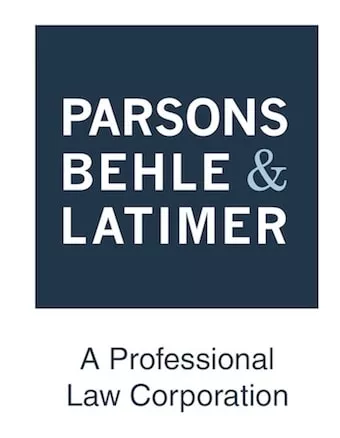- within Tax topic(s)
- with Finance and Tax Executives
- with readers working within the Advertising & Public Relations, Banking & Credit and Retail & Leisure industries
Following the Center for Disease Control's (CDC's) updated mask guidance for vaccinated persons, the Department of Labor's Occupational Safety and Health Administration (OSHA) has now issued guidance confirming that most employers no longer need to take steps to protect their fully-vaccinated workers who are not otherwise at-risk from COVID-19 exposure.
With this new guidance, the focus for employers shifts to protection of employees who are still at risk from exposure to COVID-19. Those at-risk workers include: (1) unvaccinated employees, (2) employees who may not have a full immune response to the vaccine, (3) those who are unable to get vaccinated, and (4) those who are unable to use face coverings.
For these workers, OSHA has provided employer recommendations to provide a safe workplace, including:
- Paid time off for employees to get vaccinated
- Physical distancing for unvaccinated and otherwise at-risk workers in communal areas
- Face coverings or surgical masks for unvaccinated or at-risk workers
- Ventilation maintenance
- Record and report COVID-19 infections and deaths, where appropriate
- Education and training about COVID-19 as well as related policies and procedures, and
- Implementation of protections from retaliation for those who voice concerns about COVID-19 related hazards
For higher-risk workplaces, OSHA recommends additional steps to help mitigate the spread of COVID-19. Higher-risk workplaces include manufacturing facilities; meat and poultry processing facilities; and high-volume retail and grocery stores. These workplaces should stagger break times and arrival and departure times to avoid congregation of unvaccinated workers; provide visual clues such as floor markers to remind employees to maintain physical distancing; and improve ventilation, among other things. Masks are suggested for unvaccinated or unknown-status customers and visitors.
The Department of Labor also issued a mandatory OSHA COVID-19 Emergency Temporary Standard (ETS), which has long been under review, but clarified that this mandatory standard will apply only to healthcare workplaces.
OSHA noted that for non-healthcare workplaces where the ETS does not apply, employers are still required under the General Duty Clause to provide a safe and healthful workplace free from recognized hazards that are causing, or likely to cause, death or serious physical harm.
With vaccines readily available and many workers now fully vaccinated, the employers' burden shifts to protect only those who continue to need protection. Please contact Amy if you need advice about how to incorporate the new guidance into your workplace policies.
Originally published 11 June 2021.
The content of this article is intended to provide a general guide to the subject matter. Specialist advice should be sought about your specific circumstances.


